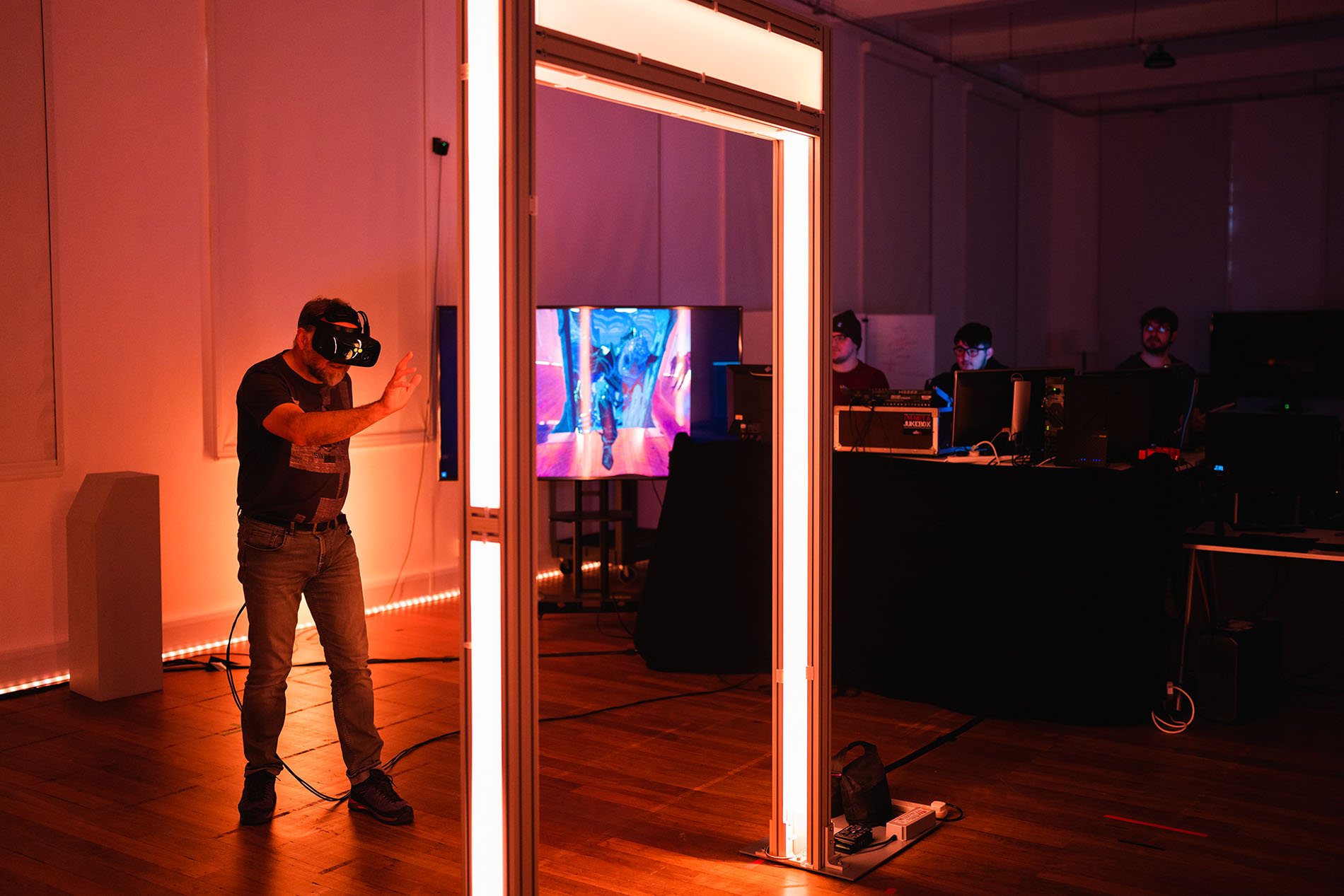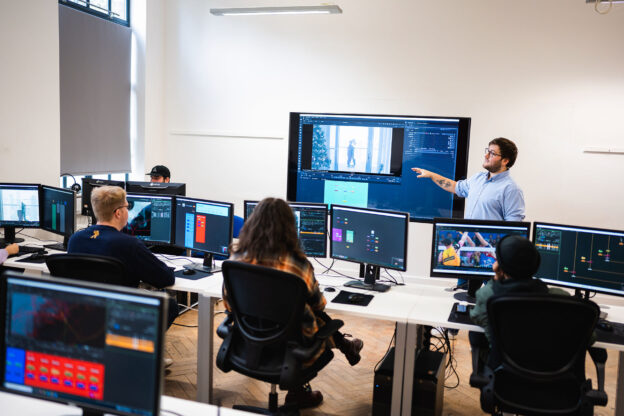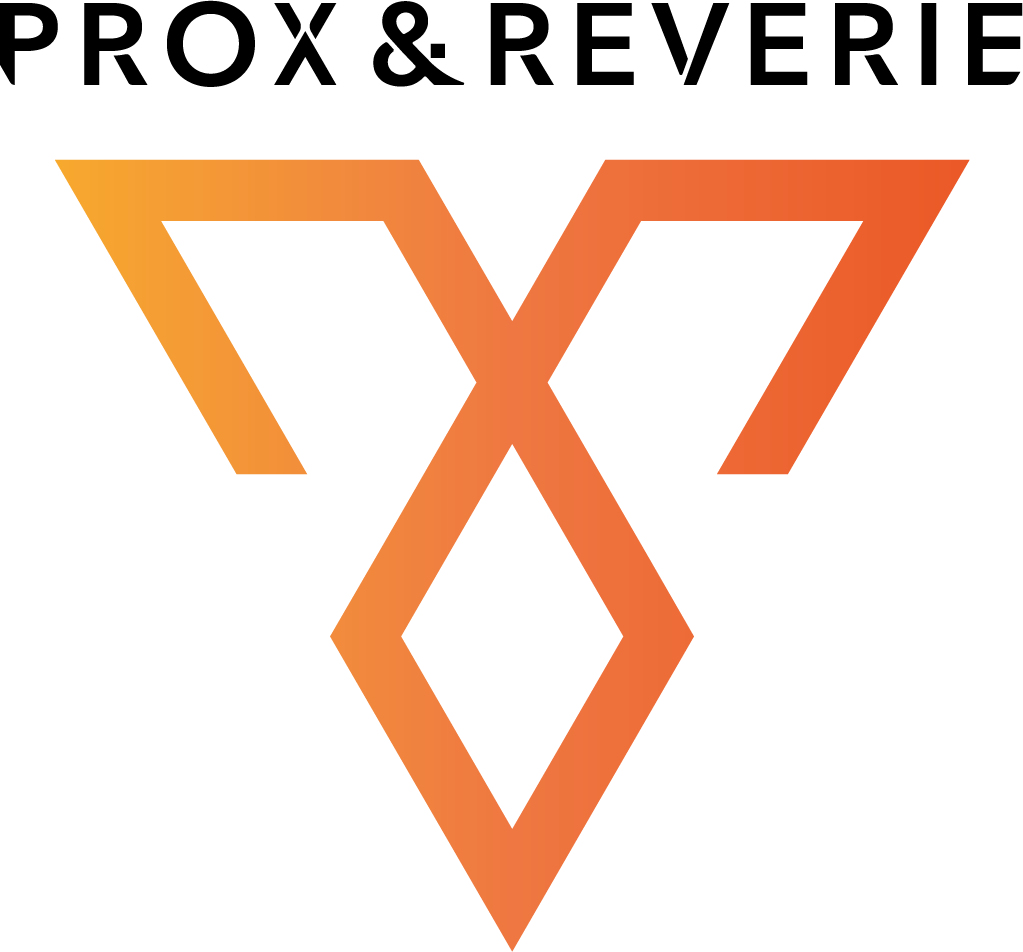Course Outline:
Day 1:
Introduction of who Firebrand are, what the course will entail, and also who I am.
Nuke interface, differences and comparisons between node and layer-based compositing, input and outputs,colour space, frame rates etc. Keyboard shortcuts etc. Crops, reformats and bounding boxes.
Day 2:
AM: Roto – fundamentals and philosophy of rotoscoping. Analysing a shot to ask important questions to help decide the best approach to a shot.
When is the deadline? How long have you been given to finish this shot? This will affect your decisions on how to approach it.
Acceptable level of detail – how will the mattes be used in comp? Hair detail needed?
Requirements & Delivery – how much do the shapes need to be split up for comp? Can we supply a matte, or do they want a script with splines?
PM: Roto – Mask creation, breaking down shapes etc. Matte creation and keying.
Day 3:
AM: Roto – Motion tracking – point tracking – hard surface and organic (such as people)
PM: Roto – Planar tracking in Nuke and Mocha
Day 4:
AM: Roto – Using planar tracks to roto hard surface and organic objects (such as people).
PM: Roto – Roto for finer details such as hair – using splines and tracks
Day 5:
COMPLETE A NEW ROTO SHOT USING SKILLS LEARNED ABOVE – make your own decision on the best method/s to use.
Day 6:
AM: Paint – fundamentals and philosophy of paint work. Analysing a shot and asking important questions to help decide the approach you take to the paint task required.
PM: Point tracking for paint. Using 1 or 2 point trackers to assist in painting out tracking markers in the BG of a scene. Performing a transform offset.
Day 7:
AM: Denoising a plate using nuke denoise node, and Neatvideo’s reduce noise, creating a clean plate using Nuke or Photoshop. Correct alpha workflow to assist with regrain.
PM: Renoising using dasgrain or F_regrain in nuke.
Day 8:
AM: Using a nuke planar tracker to help with paint work, including using mocha. PM: Using a gridwarp or spline warp to assist with paint work.
Day 9:
AM: Using roto in paint work. Edge treatment and extending etc to hide bright edges or remove unwanted edges in FG roto.
PM: Project paint work onto surface using camera projections, including using a 3D camera and generating one in NukeX. (Camera generation might be demonstration only due to lack of NukeX licenses, camera will be provided)
Day 10:
COMPLETE A NEW PAINT SHOT USING SKILLS LEARNED ABOVE – make your own decision on the best method/s to use.




